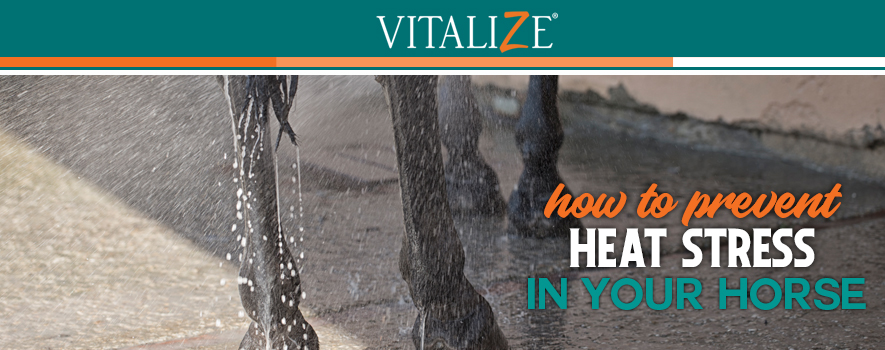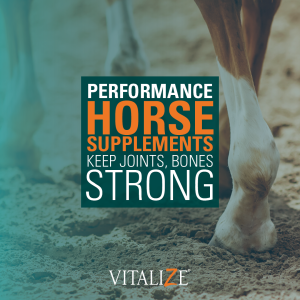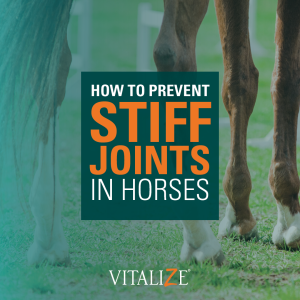Horses have a natural ability to handle extreme temperatures much hotter than humans can withstand. This is important to remember; however, it is also important to consider the upper and lower limits of their comfort zone. Also known as the thermoneutral zone, a horse’s “comfort zone” is generally between 40 and 80 degrees Fahrenheit. Inside of these temperatures, horses can maintain a normal body temperature without expending excess energy for heat dissipation or generation. Higher than the 80-degree mark, horses encounter heat stress.
No matter if you live in the northeast or southwest, your horse may exceed the upper limits of his or her comfort zone frequently in the summertime and experience heat stress. When the temperature rises, horses will, of course, start to sweat to help cool the body and maintain an adequate internal body temperature. The first sign of heat stress may be something as simple as poor performance or lethargy. As the temperatures continue to rise, heat stress can become much more serious and potentially fatal.
Luckily there are many ways to help mitigate the effects of heat stress on your horse. Most obvious, provide plenty of fresh and clean water to help compensate for the fluids lost while sweating. You can also check for proper hydration by pressing on the horse’s gum just above an upper incisor and note how long it takes for the pink color to return to the area. If the color returns in less than two seconds, the horse is well hydrated. More than two seconds indicates dehydration. Adding additional salt or an electrolyte supplement to the horse’s diet can help promote more water consumption for a horse under heat stress. Additionally, if a horse is not drinking well or needs increased water consumption, provide a soaked feed such as beet pulp or forage pellets.
If you plan to work your horse during hot days, do so in the morning or evening when temperatures are not as extreme. Remember to consider the humidity in addition to the actual air temperature. As a rule of thumb, you can determine if it’s too hot to ride by adding the actual temperature to the percent of humidity. For a hot summery day in the Midwest, that total could be 150 or more (90 degrees and 60% humidity). When the total is above 150, it is advisable to take caution when riding. Consider all the factors like the horse’s fitness, familiarity with the weather conditions, cloud cover, and intensity of work, when deciding whether or not to ride. If you do choose to go for a ride in the extreme heat of the day, be sure to help your horse cool off by giving a bath or rinsing him or her off. However, be sure to scrape the excess water off the horse afterward to prevent the water from holding in the heat and actually working against your attempt to cool the horse down.
Also, keep an eye on your horse’s gut as temperatures rise. The reduced feed intake when animals get hot and the decreased blood flow to the digestive tract during heat stress impedes the normal function of the digestive tract. Feeding a supplement like Vitalize® can help to restore gut health during times of heat stress and help prevent any digestive problems that may be associated with the high temperature. In addition, Amaferm®, BioZyme®’s precision prebiotic found in Vitalize supplements, has been shown in research trials to lower body temperature in animals exposed to severe heat. Select a Vitalize product like Digest More® Plus, Protein Pellets, High Performance, or Free Choice Mineral to get your horse their daily dose of Amaferm. In addition, keep a couple tubes of Vitalize® Equine Recovery Gel on hand to administer at the signs of excessive heat stress or after an intense work session in the heat.


